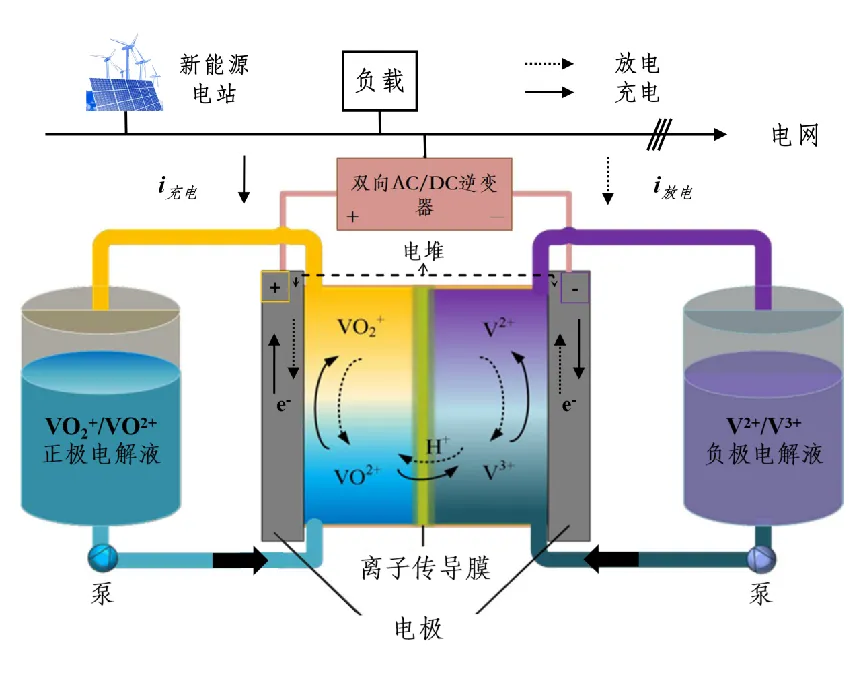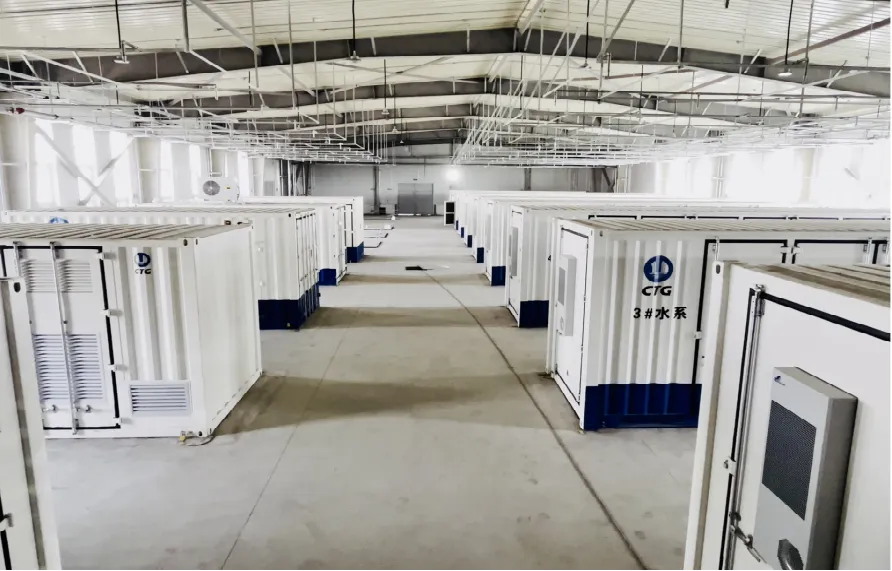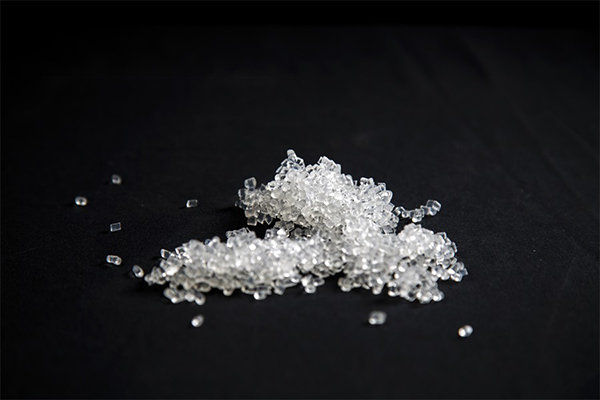As airplanes soar through the sky and rockets venture into space, the presence of vanadium is vital in many aerospace components, from airframes to engines and rocket casings. Known as the "vitamin of alloys" for its high-temperature and high-pressure resistance, vanadium has also emerged as a powerful tool for energy delivery.

In recent years, all-vanadium flow batteries have become a dark horse in long-term energy storage, thanks to their high safety, longevity, and recyclability. As the share of renewable energy in power systems continues to rise, the pressure on maintaining supply-demand balance increases. Long-term energy storage can smooth out fluctuations in renewable generation over extended periods, enhancing the capacity to absorb clean energy.

Unlike lithium batteries, which operate on a "charge and discharge" basis, all-vanadium flow batteries excel in the 4 to 12-hour storage realm, acting as the "endurance champion." They pose no risk of combustion or explosion, ensuring the safe preservation of every kilowatt-hour. With a cycle life exceeding 20 years and limitless electrolyte recyclability, they are both environmentally friendly and economical. Currently, China has only one all-vanadium flow battery energy storage station at the hundred-megawatt level, while most projects remain at the tens of megawatts scale.
Looking ahead, large-scale renewable energy projects will demand centralized and larger storage solutions, with hundred-megawatt projects becoming mainstream. According to a U.S. industry report on long-term energy storage applications, economics, and technologies, when the share of wind and solar generation reaches 50%-80%, storage durations will need to exceed 10 hours. What new changes can we expect in global energy storage policies? What investment opportunities will arise in all-vanadium flow storage projects? How will the all-vanadium flow battery industry evolve amid competition from lithium-ion and sodium-ion technologies? Given the cost pressures, how can we further reduce costs and improve efficiency? How can companies in the supply chain deepen collaboration for mutual development? What opportunities does the growth of the flow battery industry present for capital markets?




